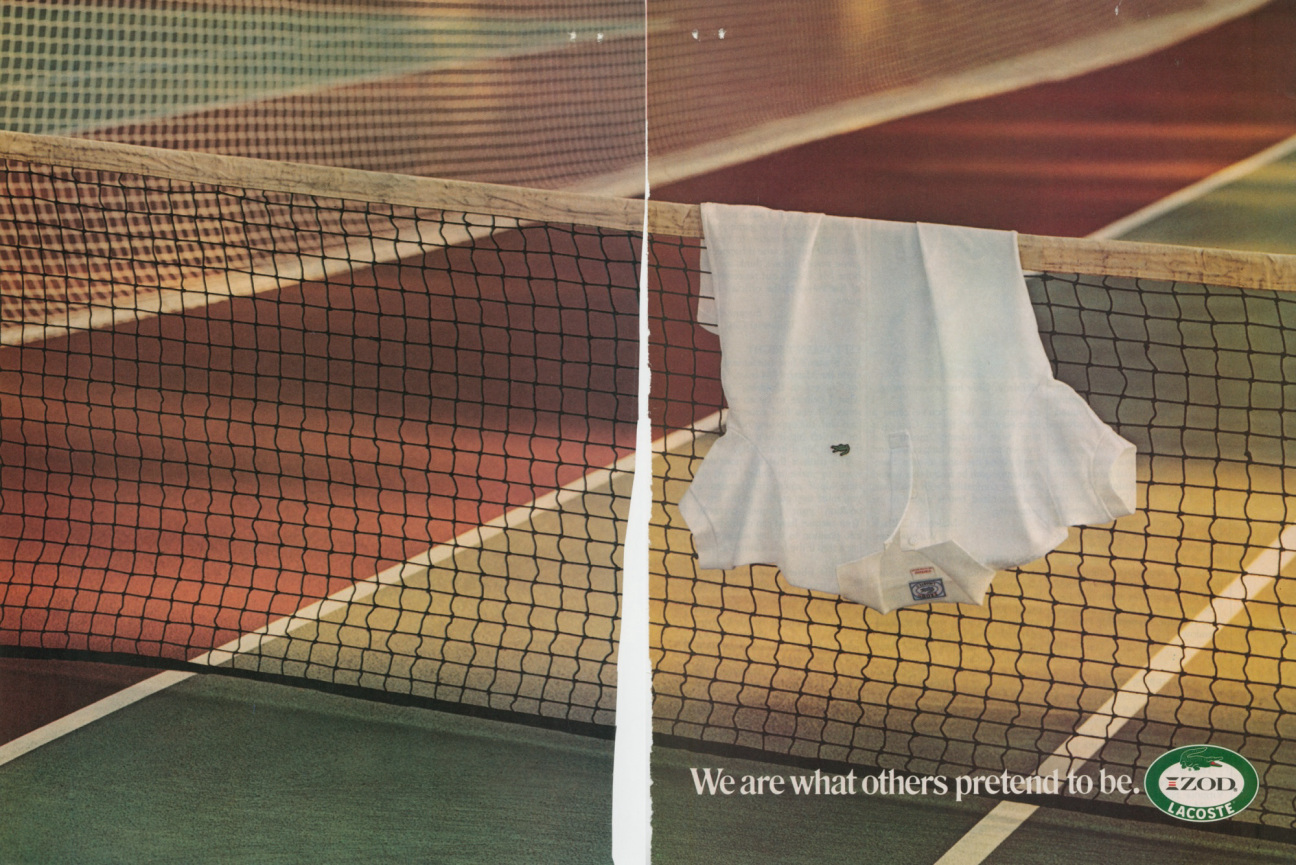
WHY SO ICONIC?
The O.G. Lacoste polo taps into the brand’s sporting heritage while offering a blank canvas for a plethora of other looks. From Y2K sex appeal to yuppie reserve, the Lacoste polo can do it all with an air of blasé elegance to boot.

THE BRAND DNA
Founded by tennis legend René Lacoste in 1933, the eponymous sportswear brand has remained committed to both function and style since its inception. Nicknamed “the crocodile” by the American media after his captain vowed to buy him a crocodile suitcase he’d been admiring, Lacoste quickly earned that title the world over for his precise, agile game. By the early ’30s, he’d already become one of the most dominant French tennis players, yet he was dissatisfied with the sport's restrictive attire. His invention of the "petit piqué" cotton polo married a fetching cut with technical efficiency—and it instantly became a staple for athletes and beyond. Some of the world’s best tennis players (think Rafael Nadal, Novak Djokovic, and Daniil Medvedev) have worn the polo, while stars like Clint Eastwood and Kristen Stewart have taken it off the court and onto the screen.



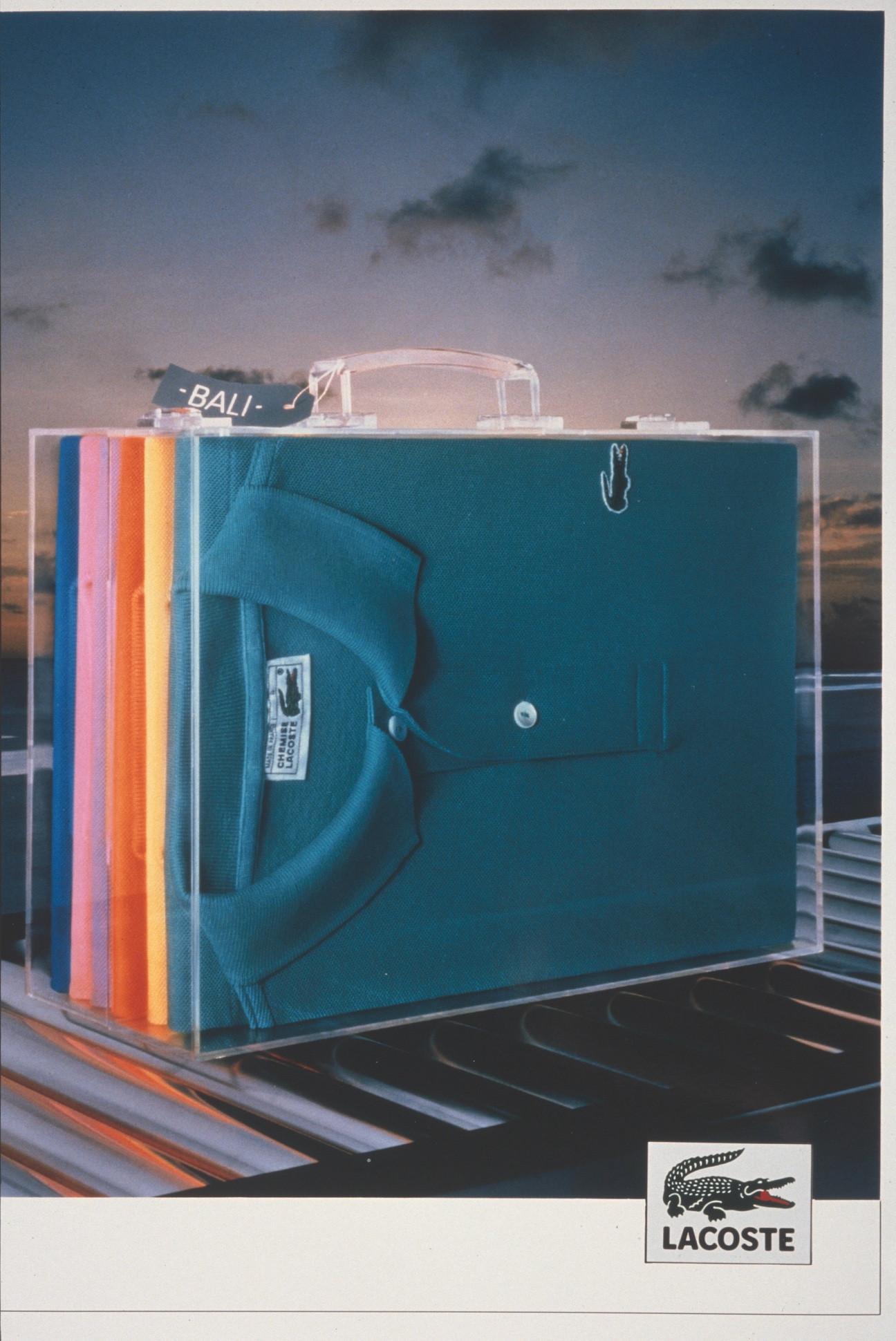
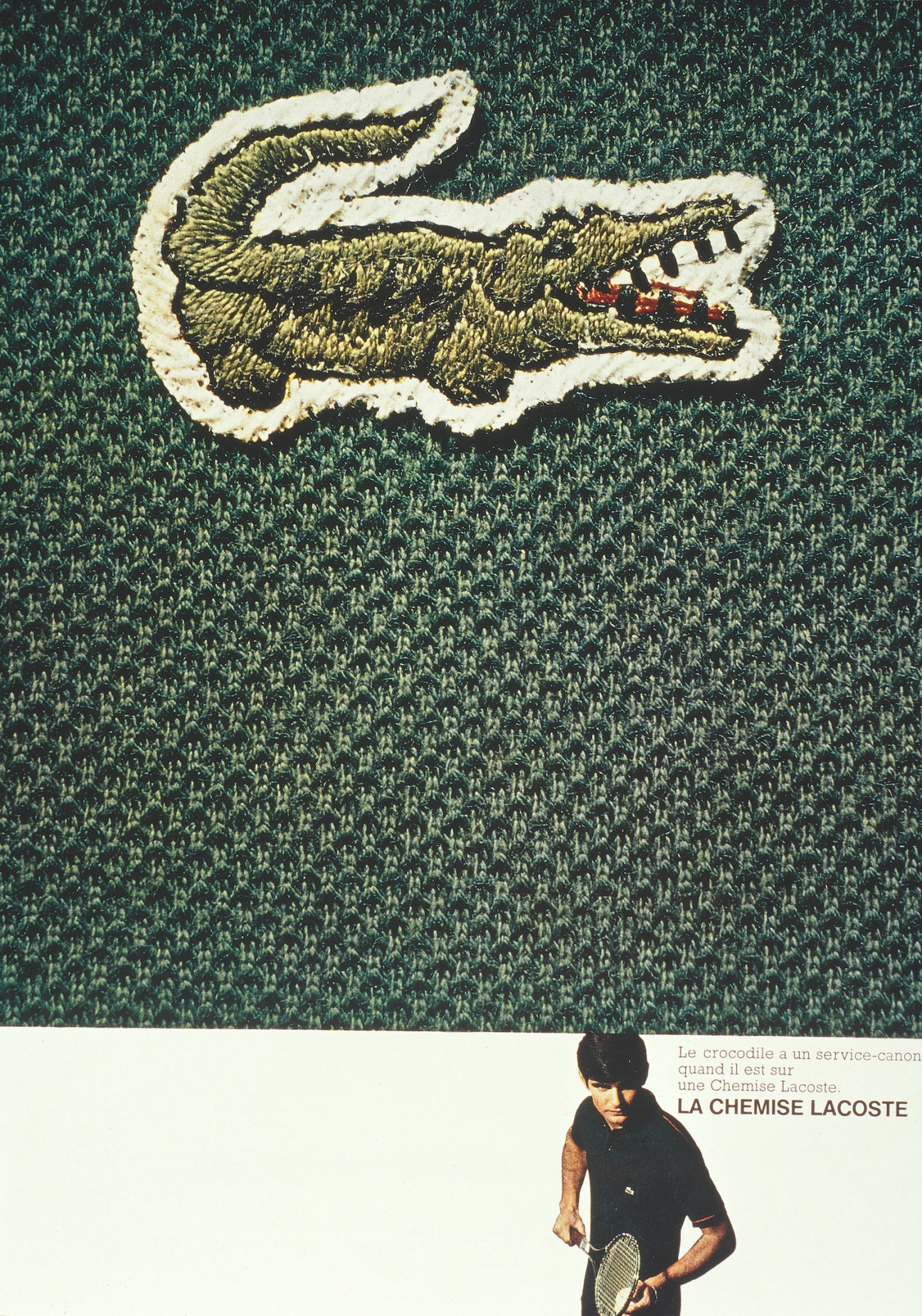
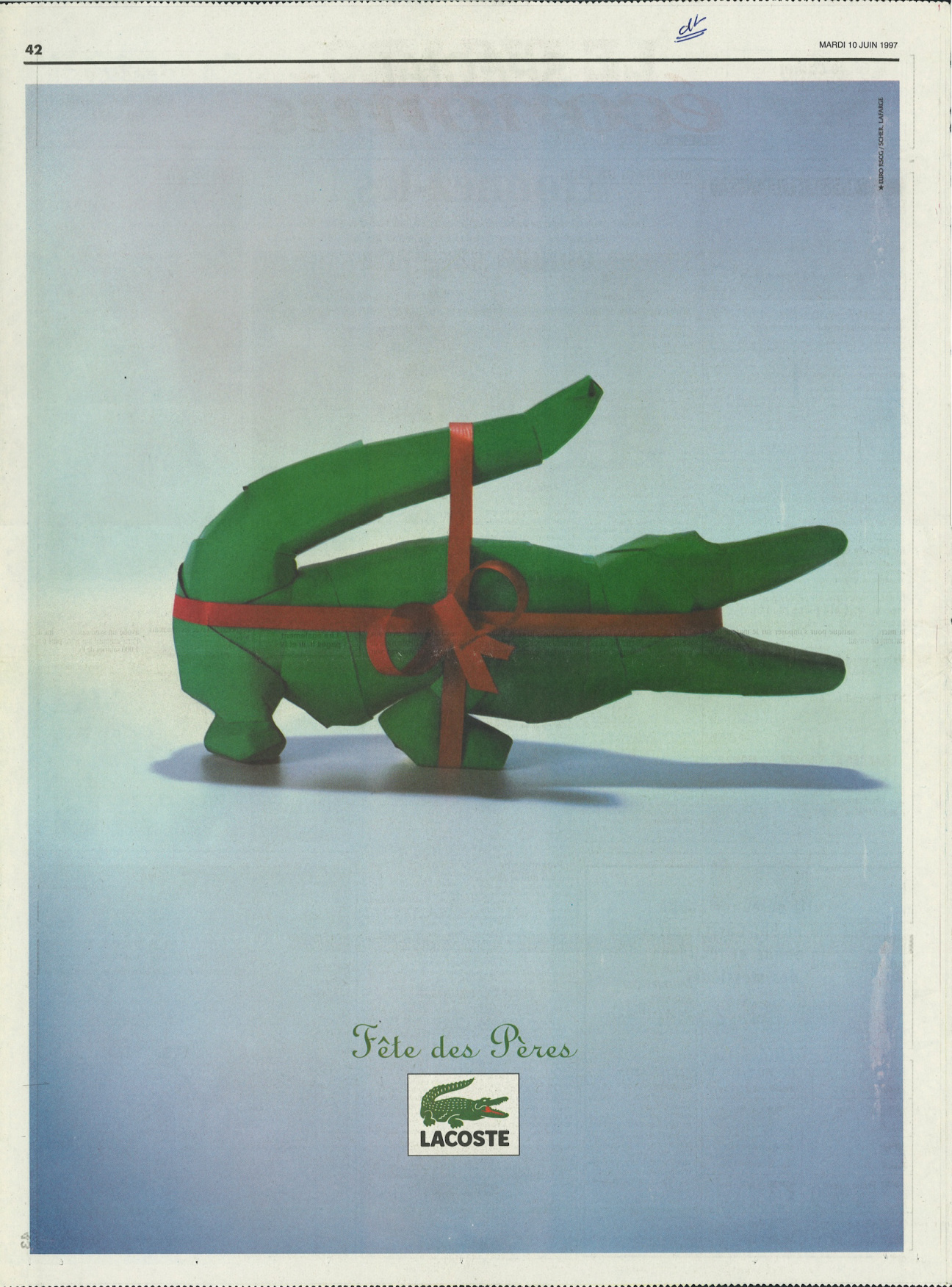
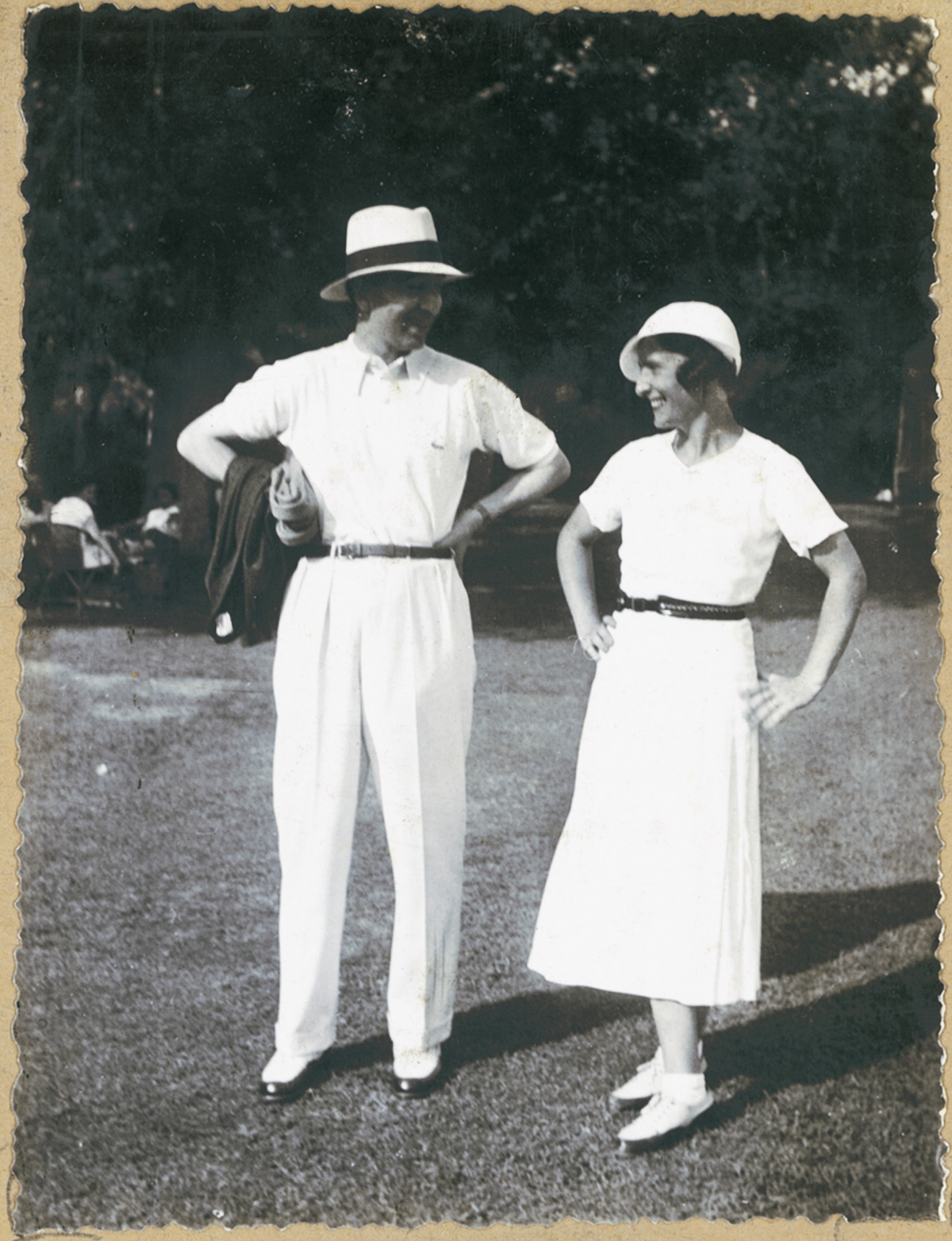
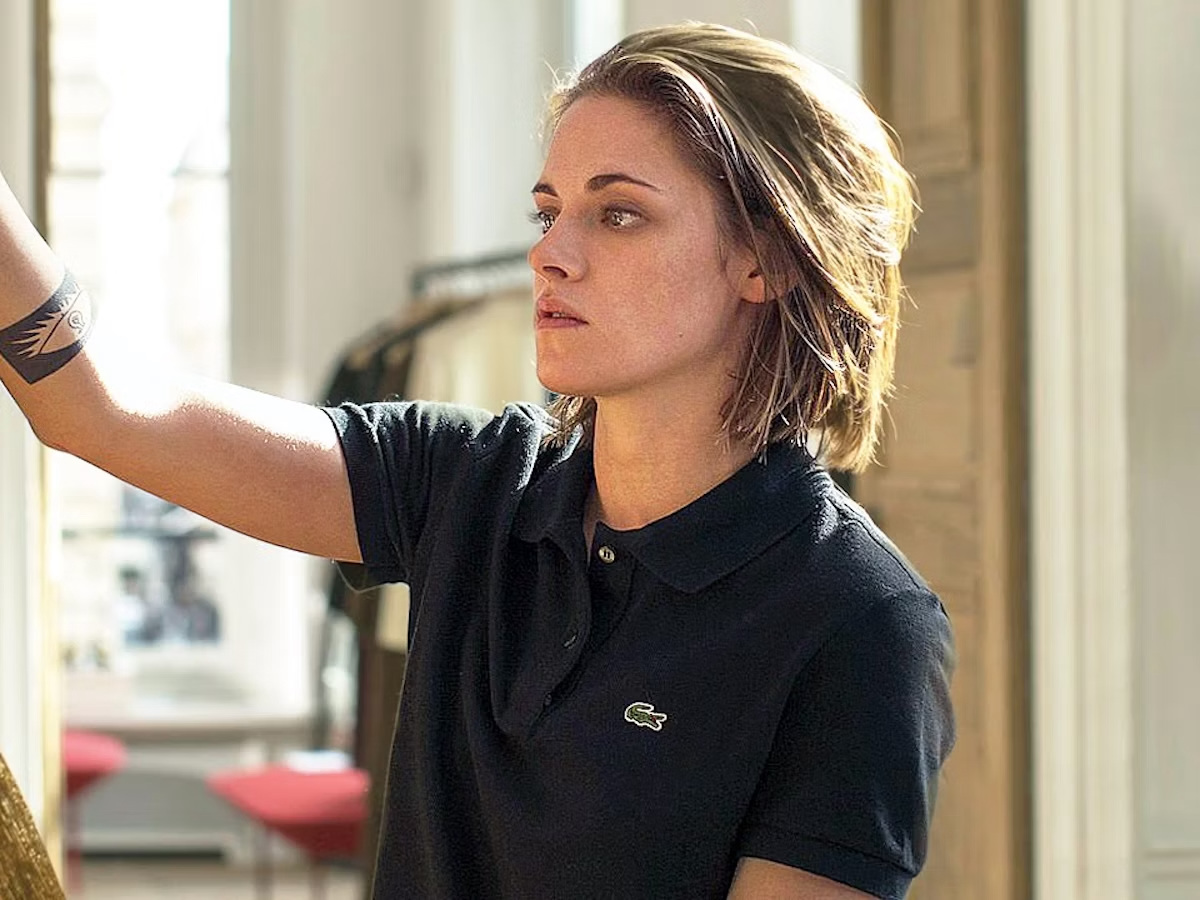
THE ICON ITSELF
Since its inception, the Lacoste polo has become a bastion of both tennis and golf aesthetics (René married French golf champion, Simone Thion de la Chaume, in 1930). By the ’80s, daywear was a venn diagram of sporty chic and classic prep, the polo a major signifier for both dress codes. Available in a variety of colors, the shirt saw a renewed interest in the early 2000s, with the comeback of popped collars and accompanying boat shoes. Even 2010s twee got in on the love of the cotton polo.
As prep and “old money style” has made a resurgence—and as tenniscore peaked with the courtside love triangle Challengers monopolizing the conversation this spring—the Lacoste polo continues to demonstrate its timeless appeal. This summer's Paris-set Olympic games further bring the brand’s heritage into the spotlight: For the occasion, Lacoste created a new “Paris 1924” collection of eight pieces, a throwback to the last time the city hosted the games—and to René Lacoste’s bronze medal during the event—100 years ago.
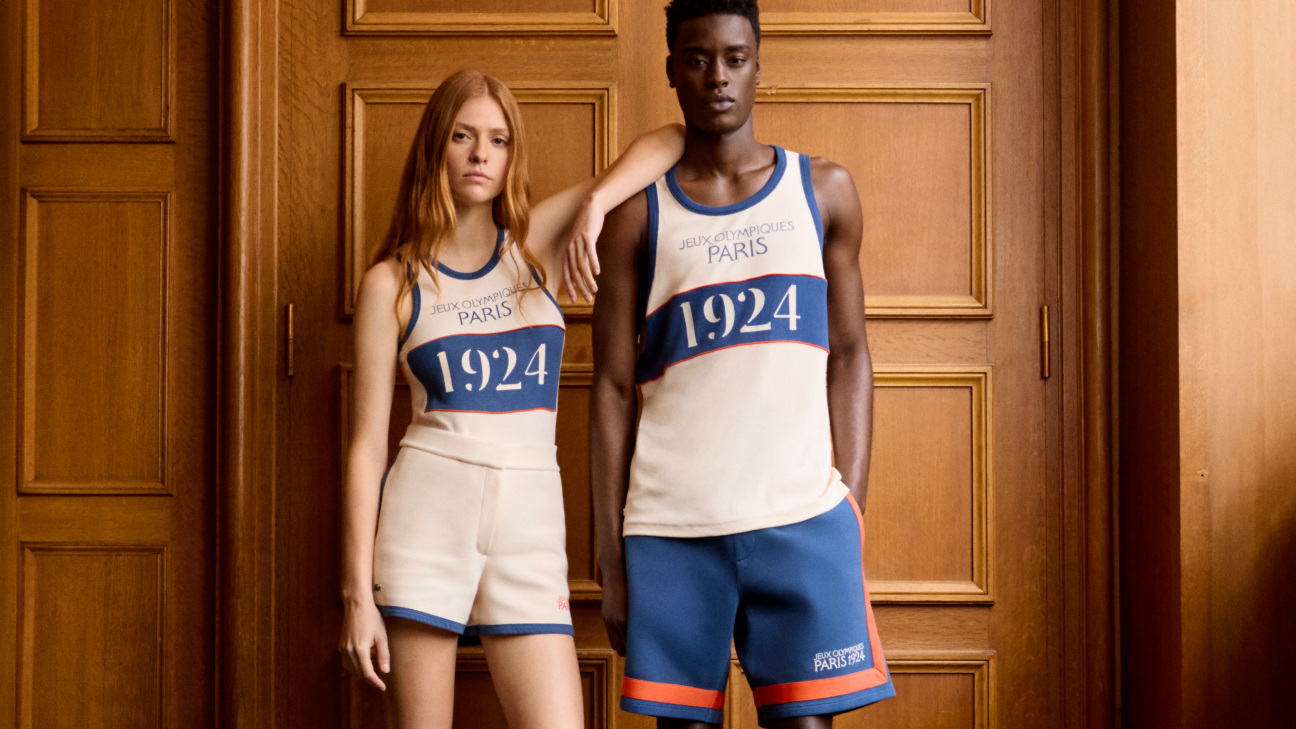
ICONIC INTERPRETATIONS

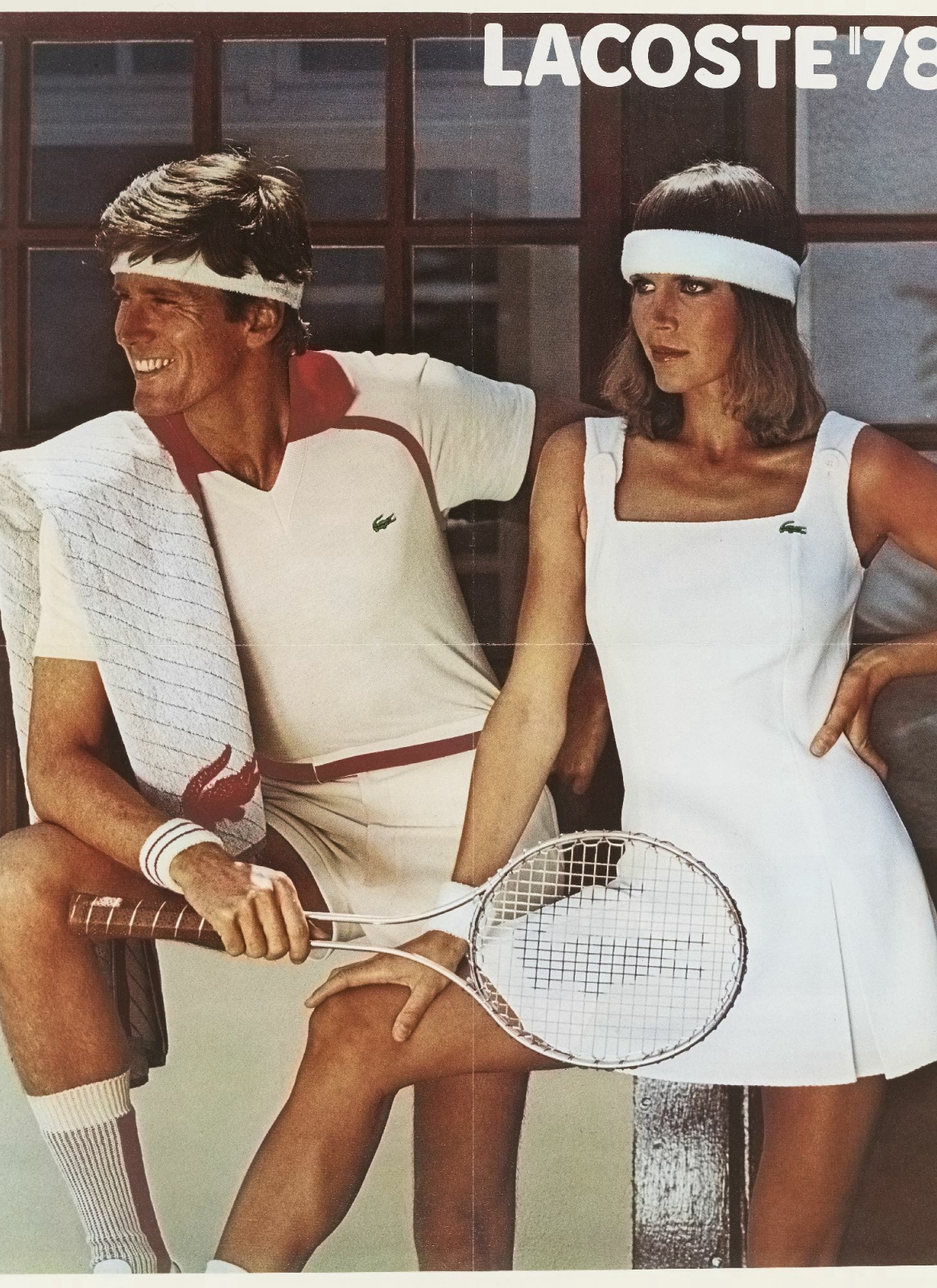


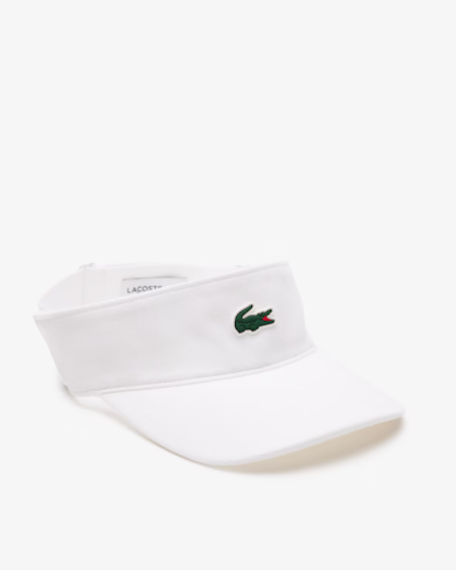

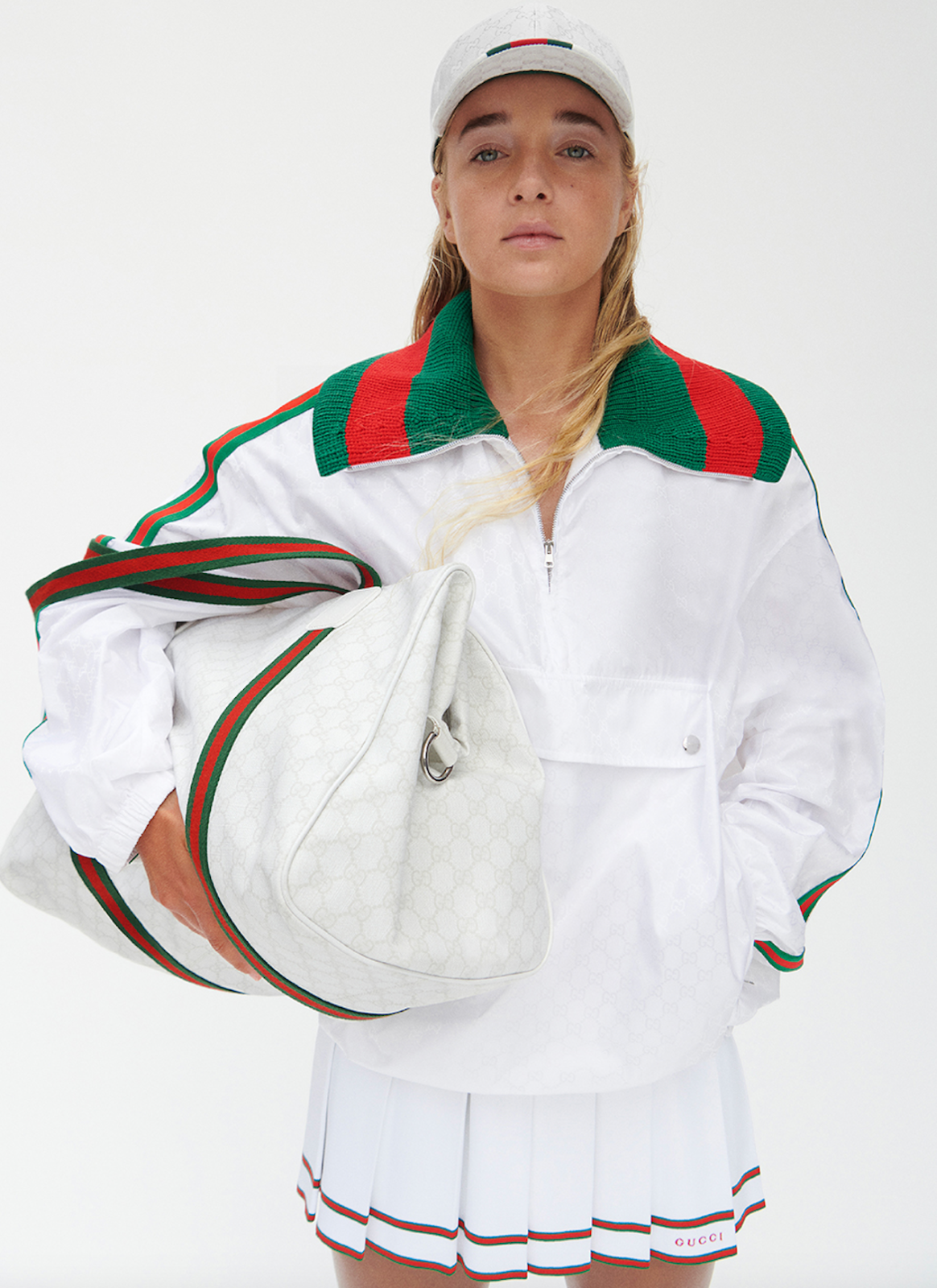

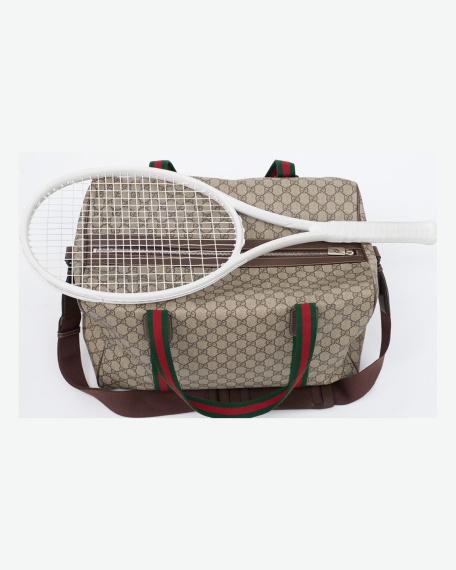
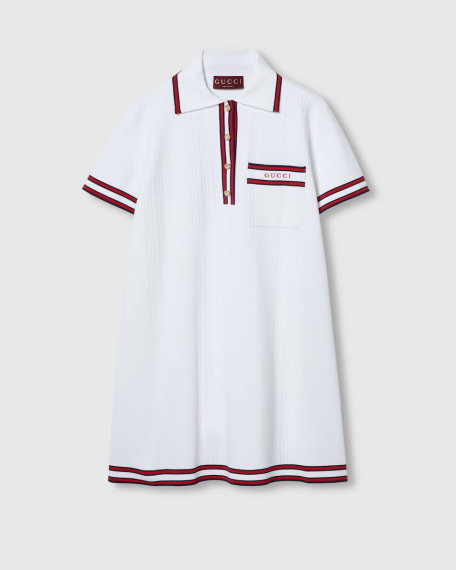
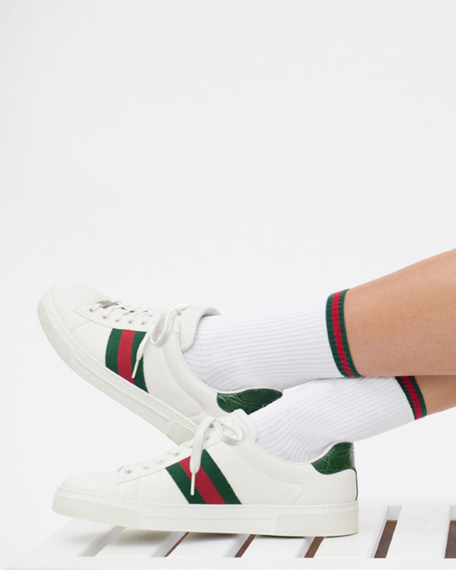
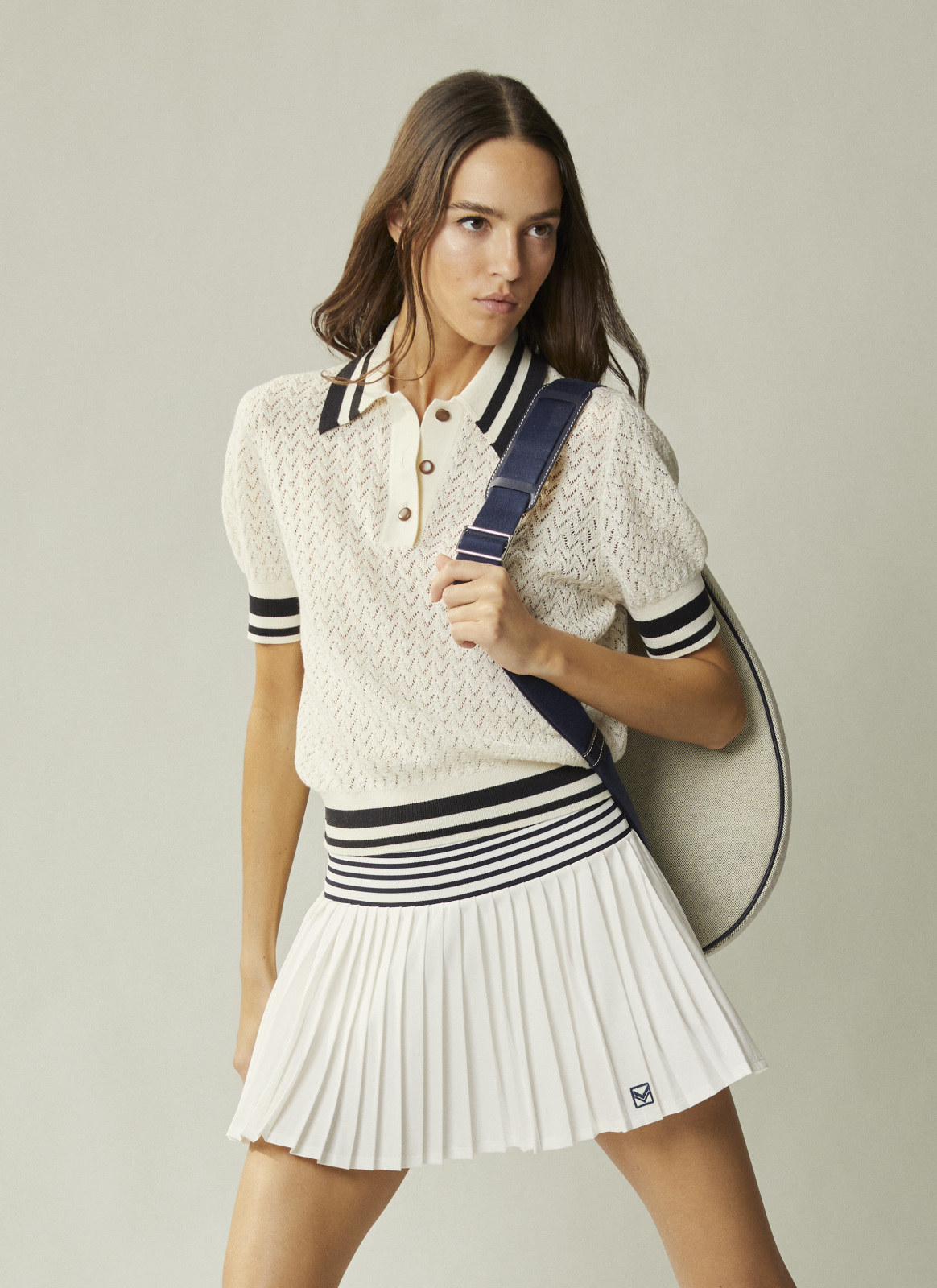
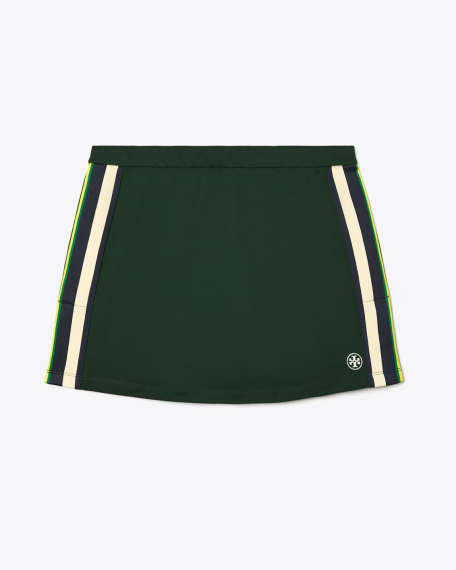
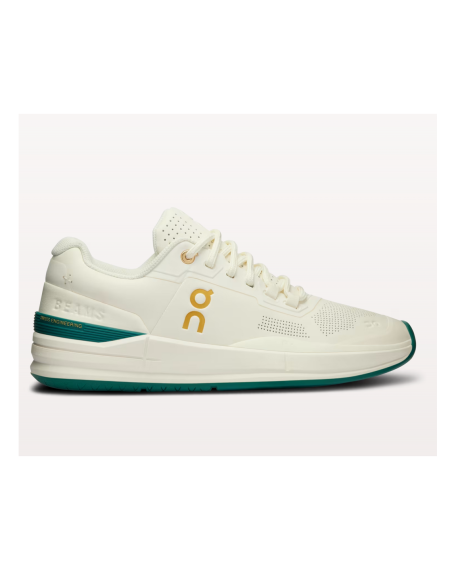
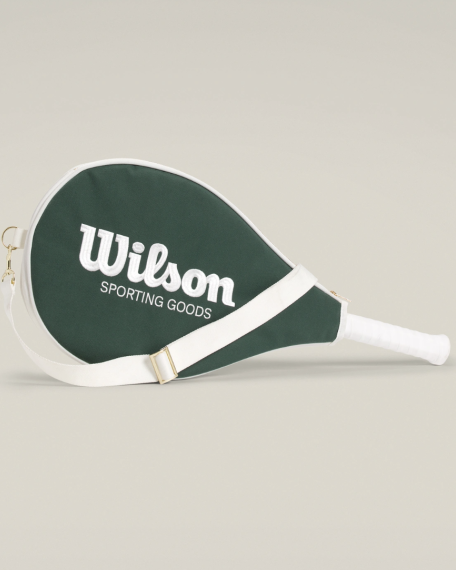
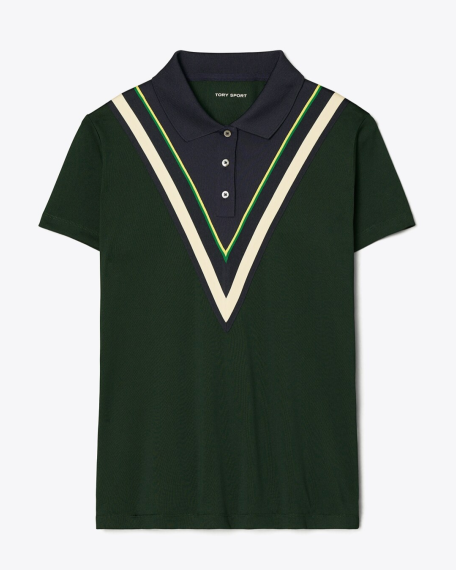
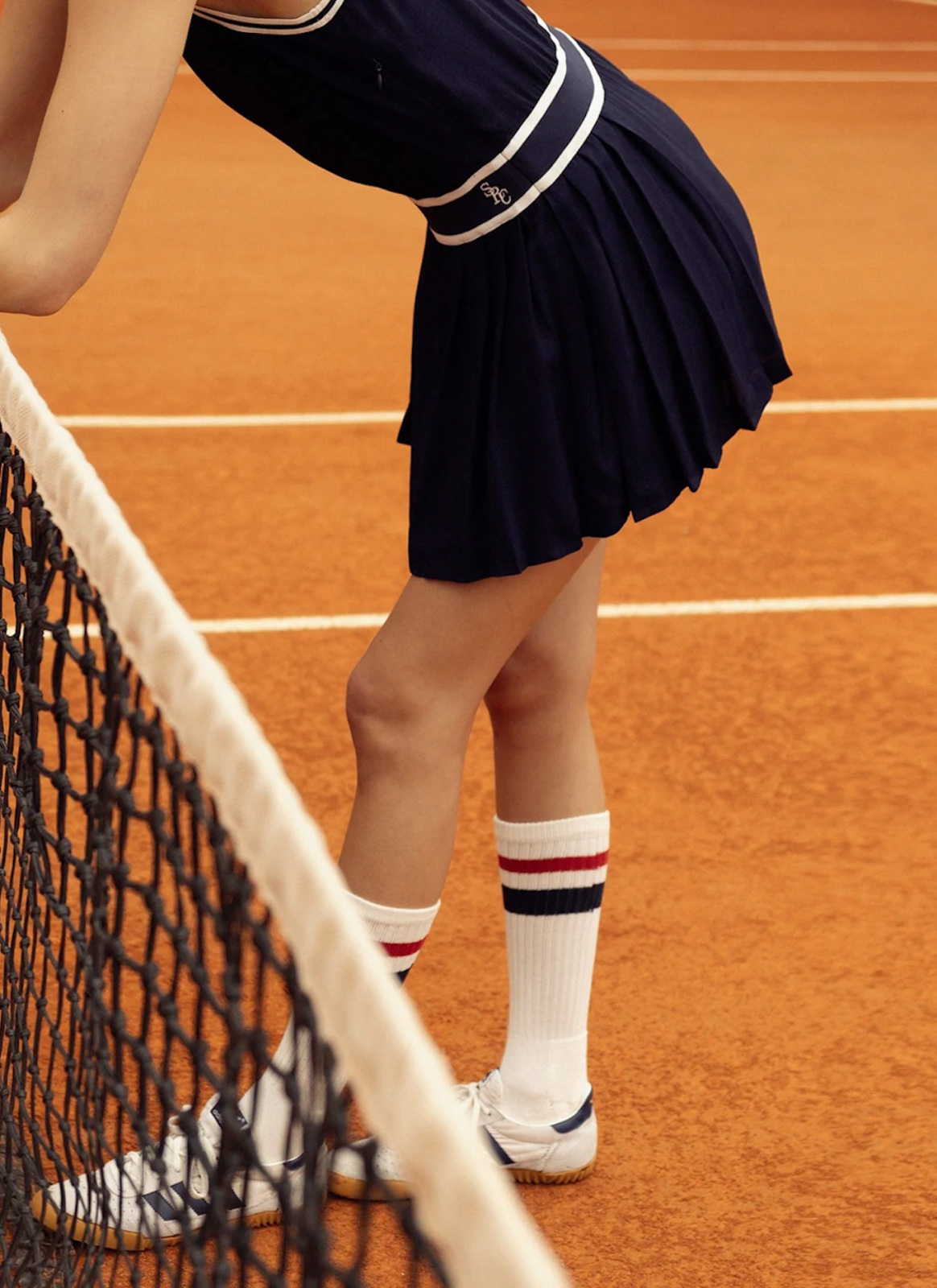
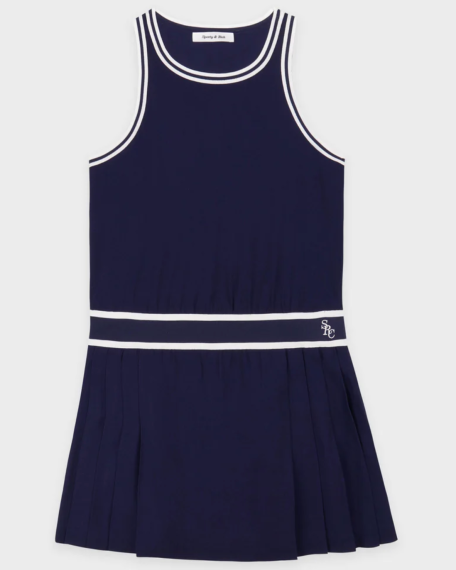

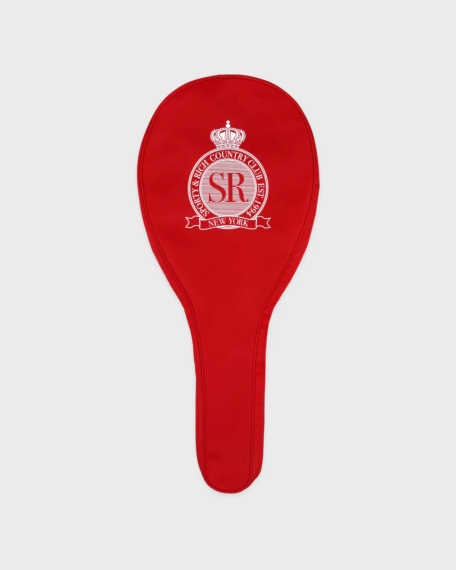


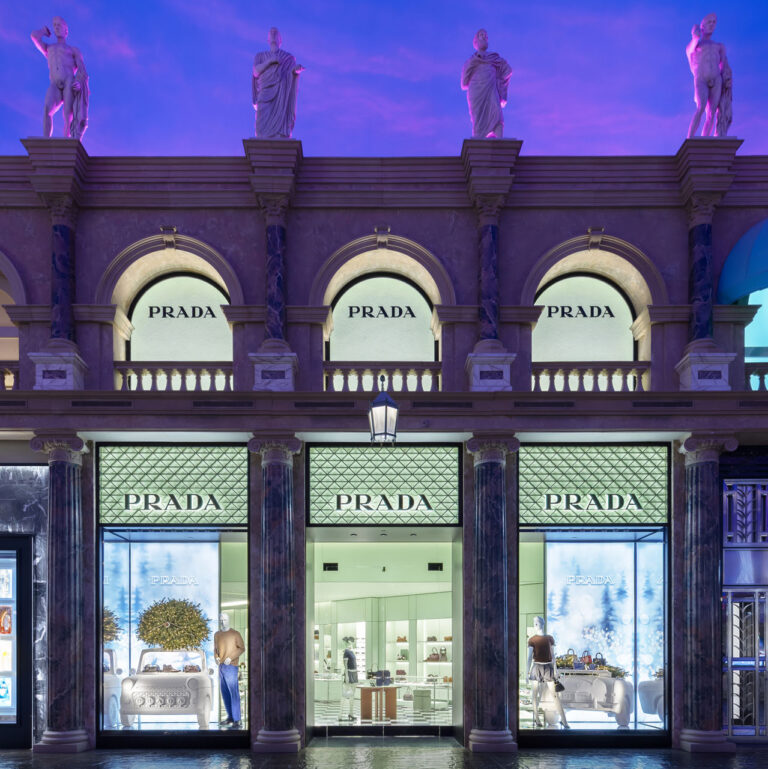


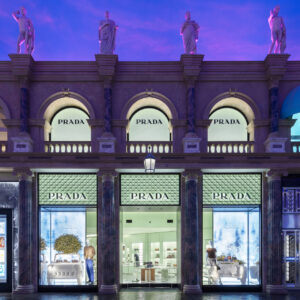
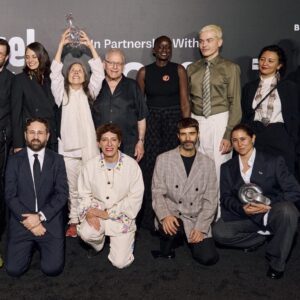



 in your life?
in your life?

